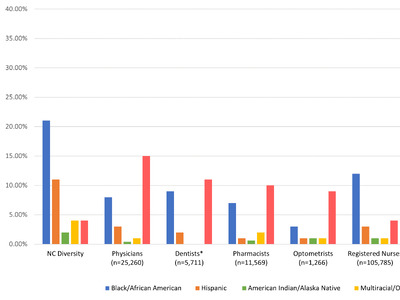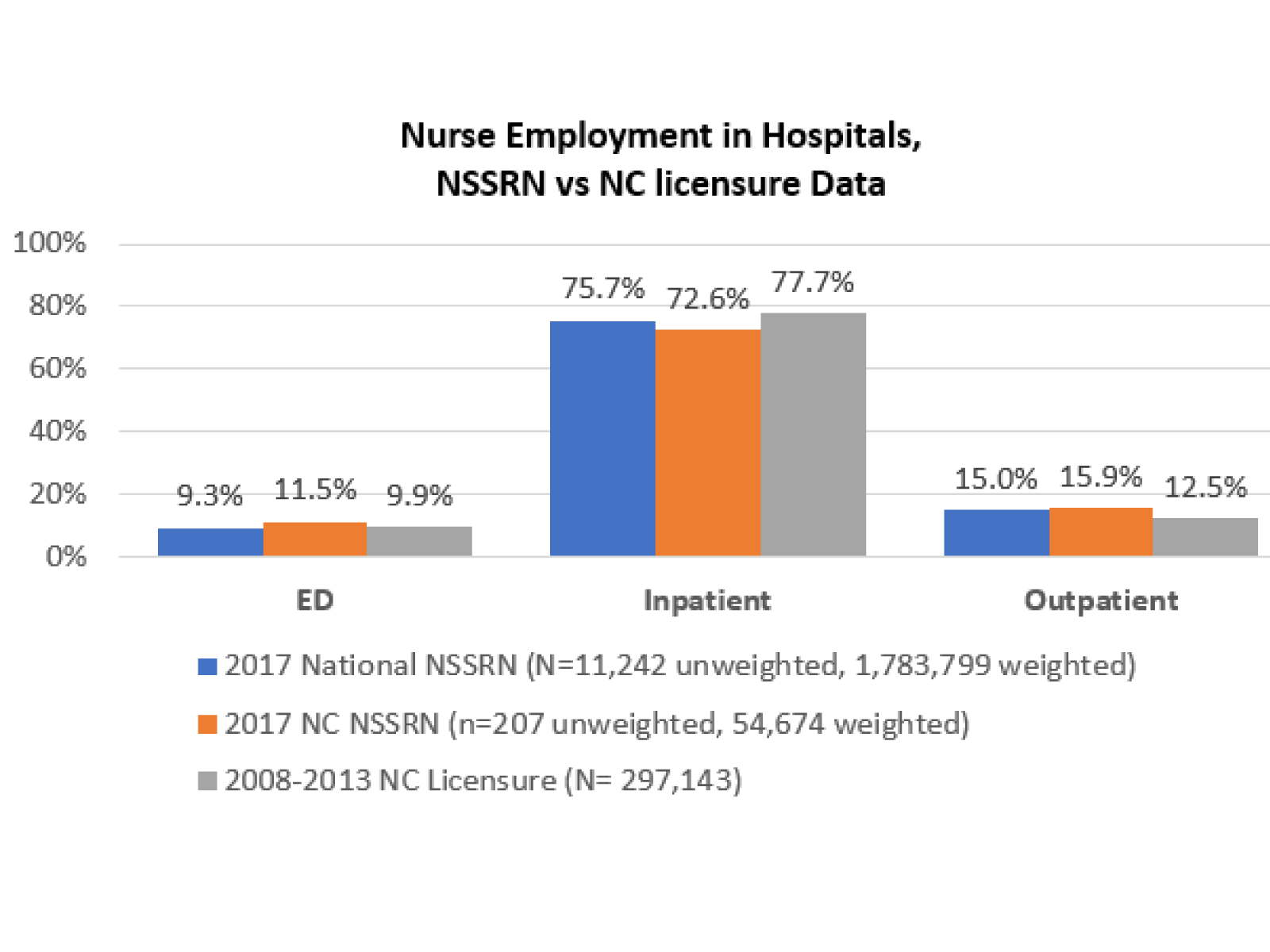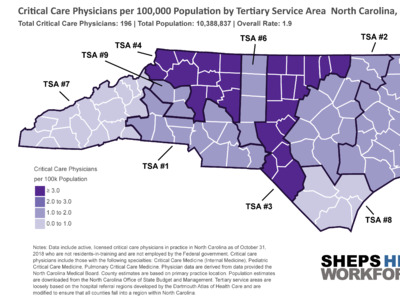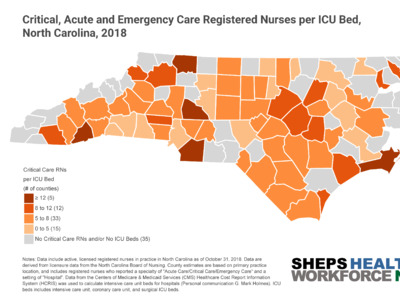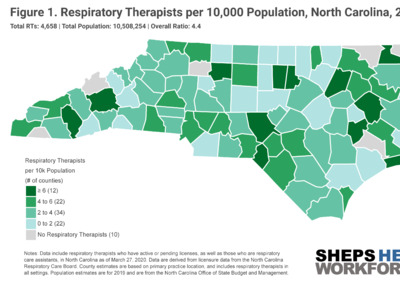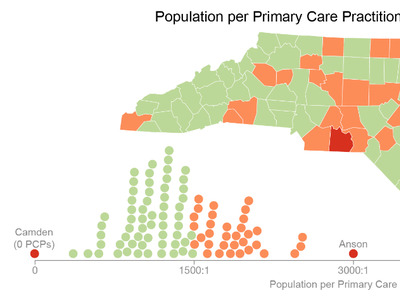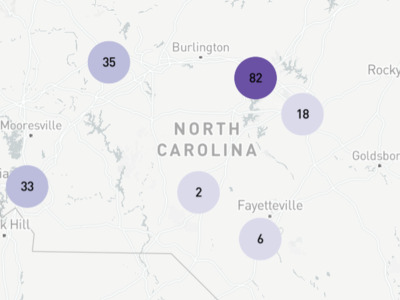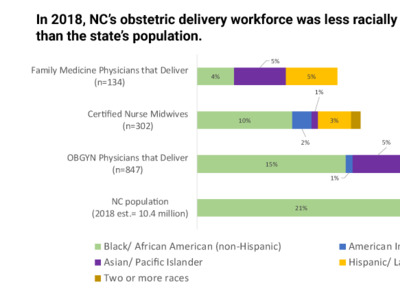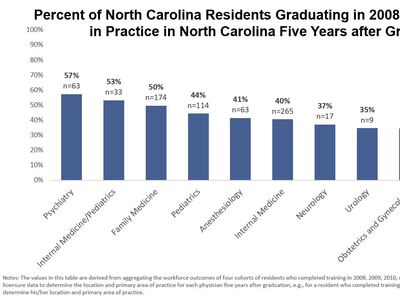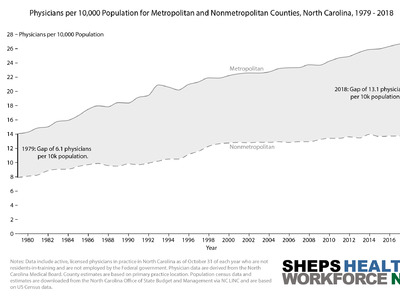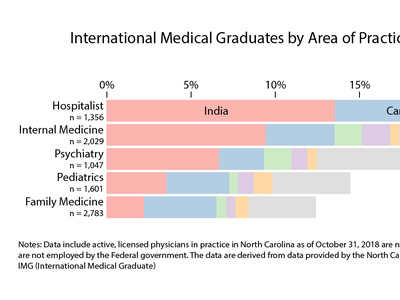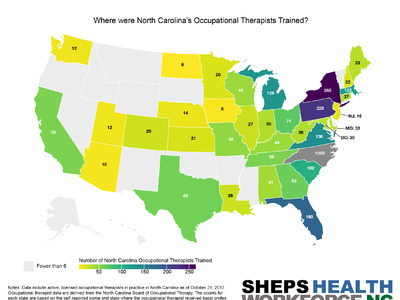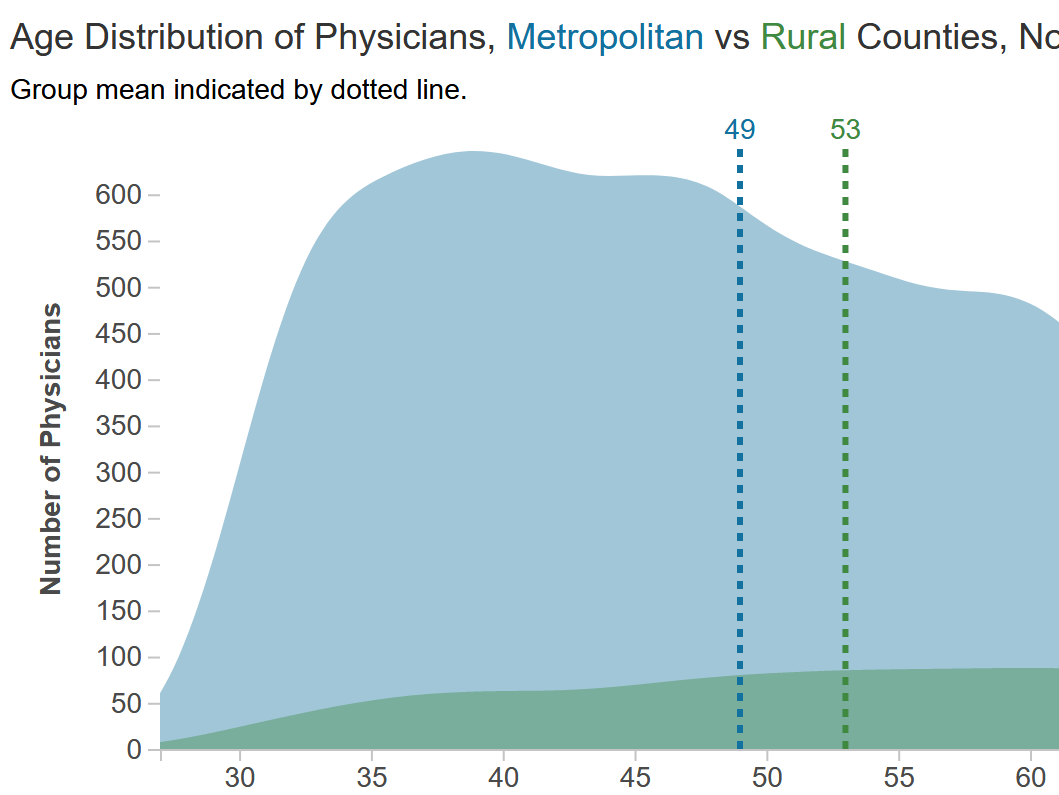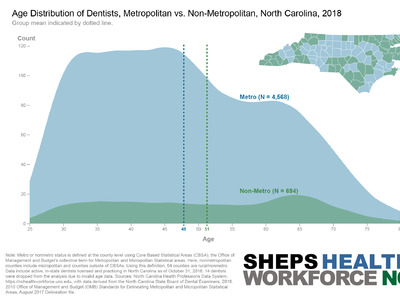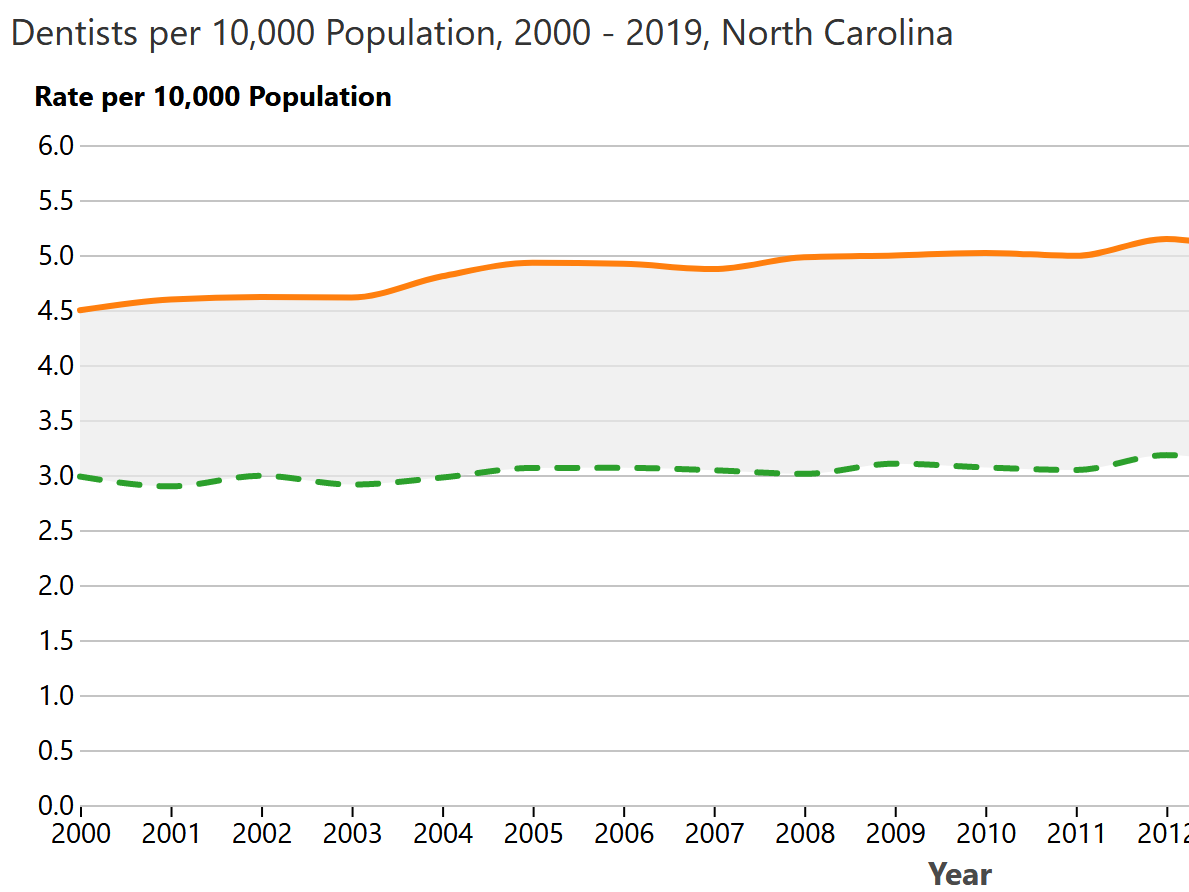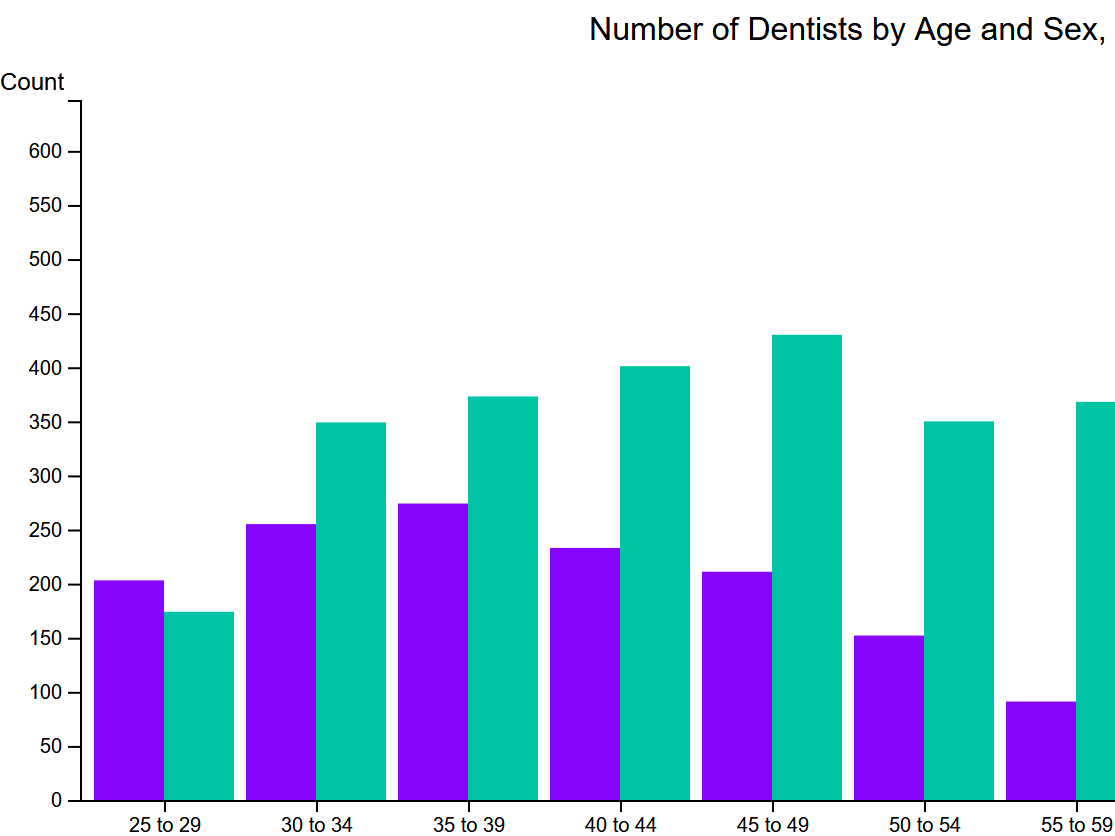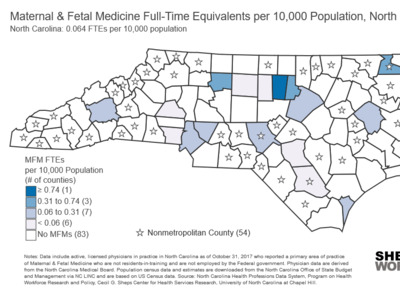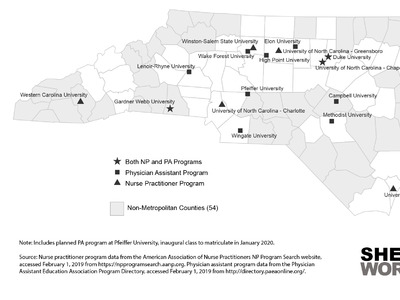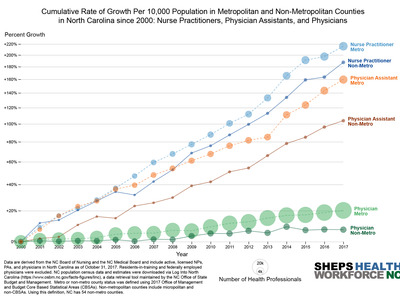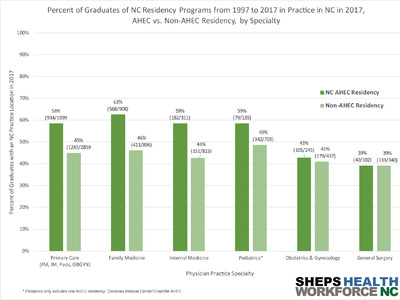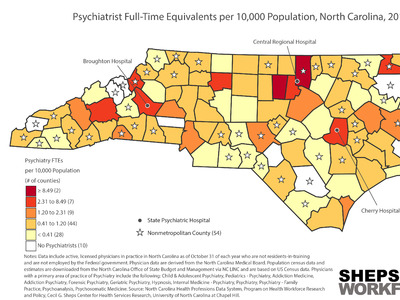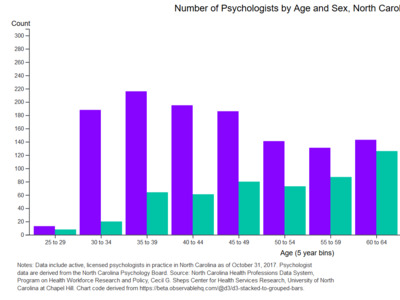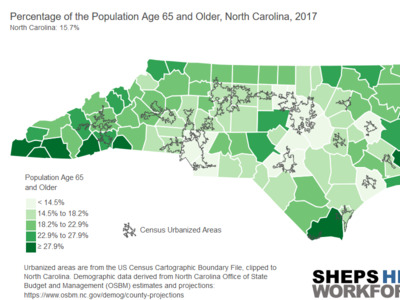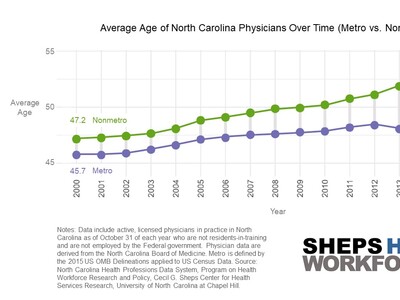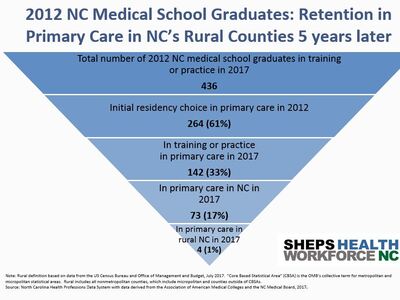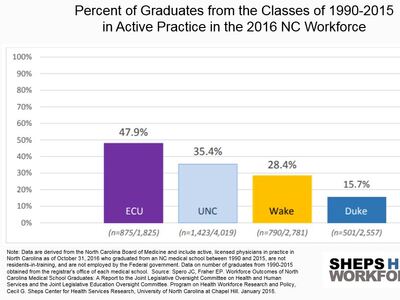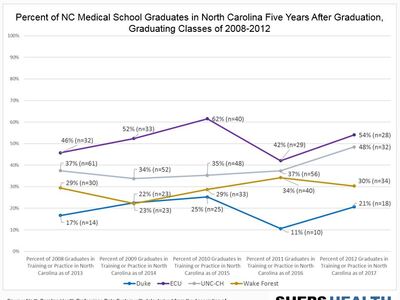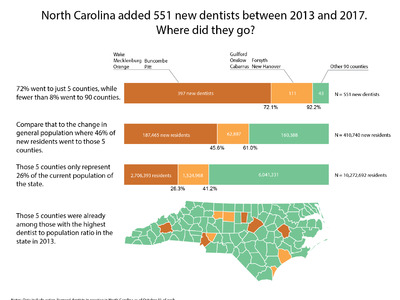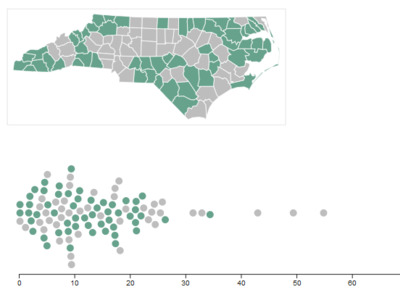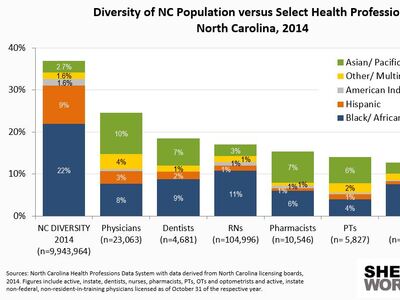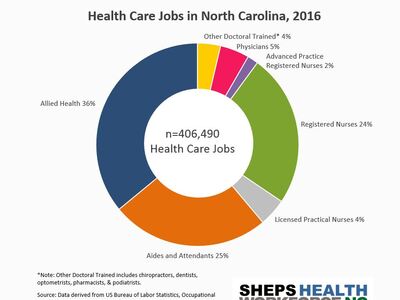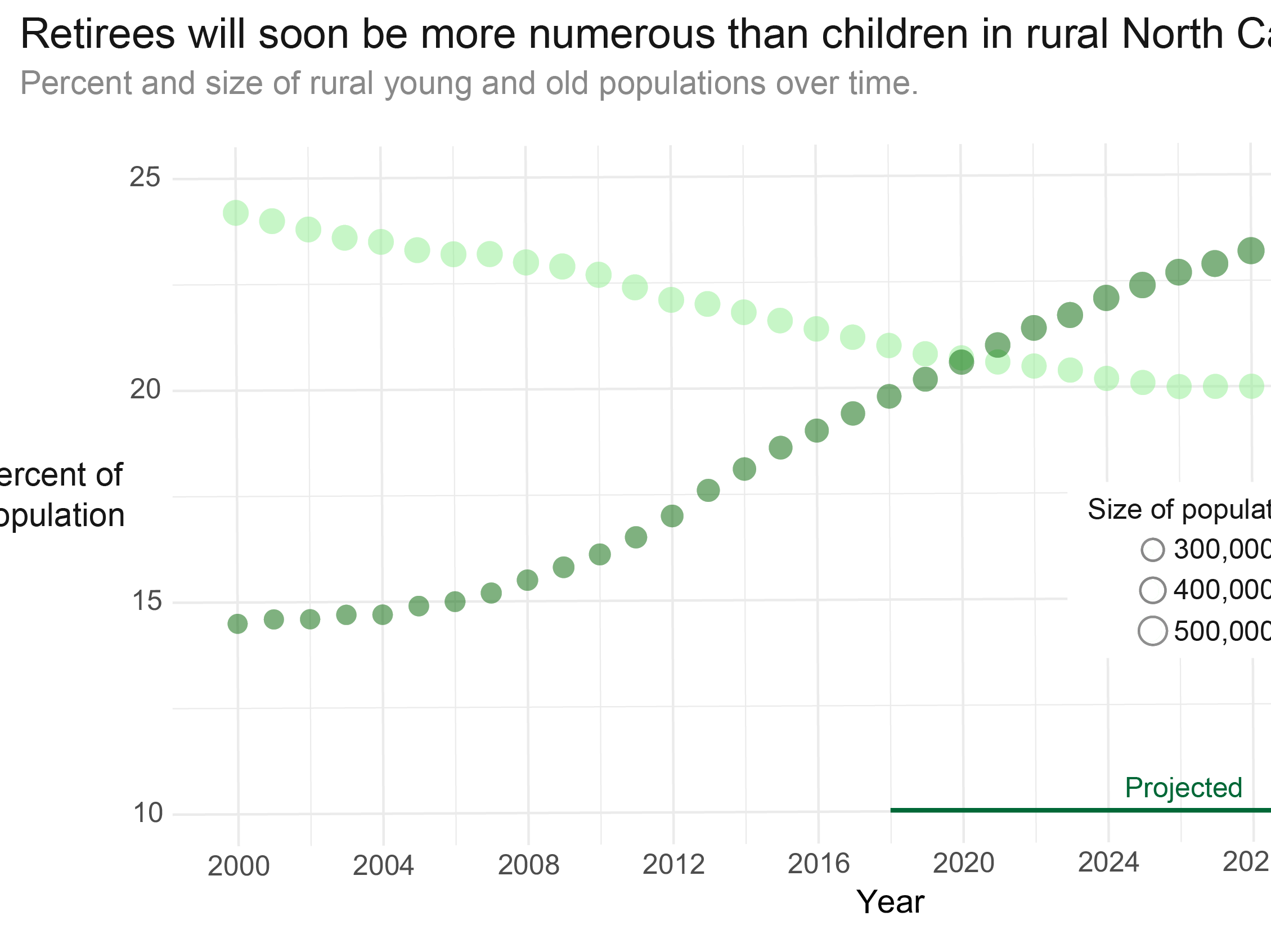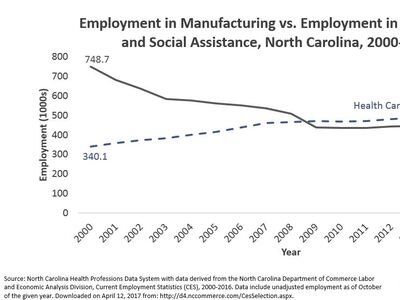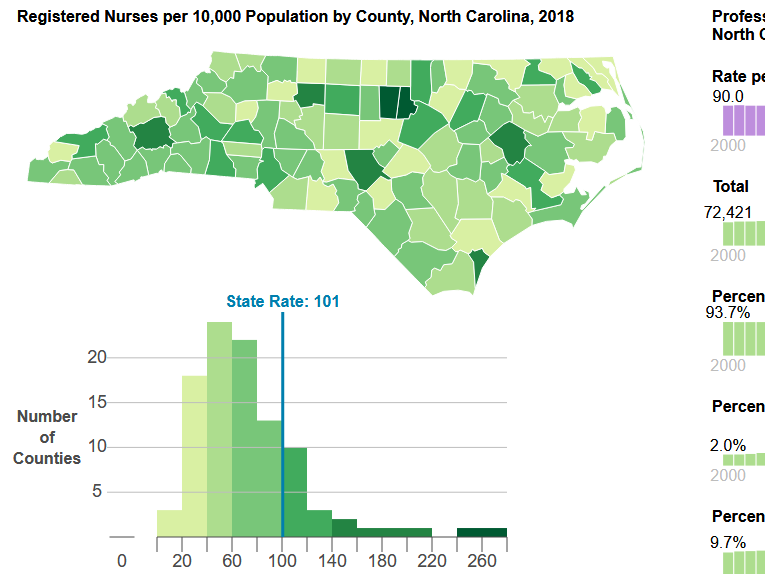Comparing Hospital Nurse Settings from the 2018 NSSRN vs. 2008-2013 North Carolina Licensure Data
By Esita Patel, PhD, RN
Jun 25, 2020
Introduction
Hospitals are the most common employers of registered nurses (RNs). Within a hospital, RNs can work in emergency departments (EDs), inpatient settings, and outpatient settings.1 RNs have different roles and provide different types of services in each of these settings. Each setting has different RN-to-patient staffing ratios, reflecting the different levels of patient acuity. Assessing whether the future supply of nurses will be adequate to meet demand requires examining each of these settings separately. Data from the National Sample Survey of Registered Nurses (NSSRN) are often used by state and federal health workforce researchers to assess workforce trends and the capacity of the nursing workforce to meet demand. In turn, these analyses drive decisions about the training, regulation, and deployment of RNs.
To assess if the North Carolina (NC) and national workforce are similar in terms of hospital employment settings, we analyzed NSSRN data to determine the number and percentage of nurses working in ED, inpatient, and outpatient hospital settings nationally versus in North Carolina (NC). Furthermore, we compared the NSSRN estimates to estimates generated from a dataset representing the complete census of NC nurses.
The NSSRN is administered by the National Center for Health Workforce Analysis in the Health Resources Service and Services Administration agency of the U.S. Department of Health and Human Services. The survey has been administered on a periodic basis since 1977, with the most recent data available for 2018. Data were gathered from a sample of RNs across the United States using a complex sampling design. The NSSRN contains data from RNs in each state, along with sampling weights that can be used in analyses to estimate the demographic, practice and educational characteristics RNs in the U.S. 2 Because the NSSRN is a sample of nurses, rather than a complete census, the information collected about nurses in a sub-sample from a single state may not accurately reflect the nursing workforce in that state. 3 In NC, where a complete census of RN data are available through licensure data, we were able to compare NSSRN data to state-level data to assess the degree to which the two data sources aligned.
Methods
Licensure data from the NC Health Professions Data System (HPDS) were used to compare hospital nurse settings between the 2018 NSSRN versus the 2008-2013 NC licensure data. NC licensure data after 2013 were not used in our analysis because the NC Board of Nursing changed its data collection forms to stop collecting data on whether nurses in hospitals worked in inpatient versus outpatient settings. The NC HPDS is maintained by the Cecil G. Sheps Center for Health Services Research at the University of North Carolina and contains annual licensure data for all RNs obtained from the NC Board of Nursing. 4 These data thus represent a complete census of NC nurses, and hence may offer a more accurate assessment of where nurses work in key hospital areas compared to NSSRN data.
Hospital RN settings were identified in the NSSRN data using a variable describing nurses’ self-report of their employment setting. Hospital nurses were categorized as working in an ED if they reported their setting as “emergency department,” as outpatient if their setting was reported as “hospital ambulatory care,” and inpatient for all other hospital settings (including critical access hospital, inpatient, hospital ancillary unit, and hospital nursing home unit). State of residence was determined by a variable describing nurse report of residence on 12/31/17. Sampling weights were applied to all estimates generated by the NSSRN data. In the NC licensure data, hospital RN settings were identified by nurses’ reports of hospital inpatient versus hospital outpatient settings. Of nurses who reported working in a hospital inpatient or outpatient setting, ED nurses were identified as those also reporting their specialty as emergency care. Advanced practice registered nurses (Nurse Practitioners, Certified Nurse Midwives and Certified Registered Nurse Anesthetists) were excluded in both datasets.
Results
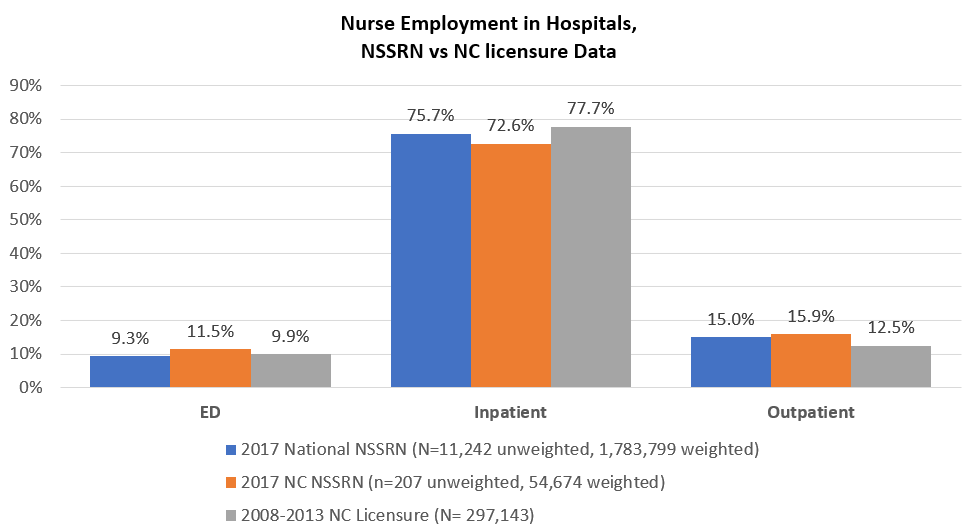
Conclusions
The percent of hospital nurses working in ED, inpatient, and outpatient settings in NC in the weighted NSSRN, and the NC sub-sample from the NSSRN, is similar to the percentages of RNs who reported working in these same settings from NC licensure data. These findings suggest that the NC workforce is similar to the national one in terms of hospital employment setting. Additionally, these findings validate the NSSRN sampling approach and supports the use of NSSRN data to understand state-level hospital RN settings in the absence of state-level data.
-
U.S. Department of Health and Human Ser-vices, Health Resources and Services Administration, National Center for Health Workforce Analysis. 2019. Brief Summary Results from the 2018 National Sample Survey of Registered Nurses, Rockville, Maryland. ↩︎
-
U.S. Department of Health and Human Services, Health Resources and Services Administration, National Center for Health Workforce Analysis. 2019. Technical Report for the National Sample Survey of Registered Nurses, Rockville, Maryland. ↩︎
-
Spetz, J. (2013). The research and policy importance of nursing sample surveys and minimum data sets. Policy, Politics, & Nursing Practice, 14(1), 33-40. ↩︎
-
“North Carolina Health Professional Supply Data.” Sheps Health Workforce NC. ↩︎

